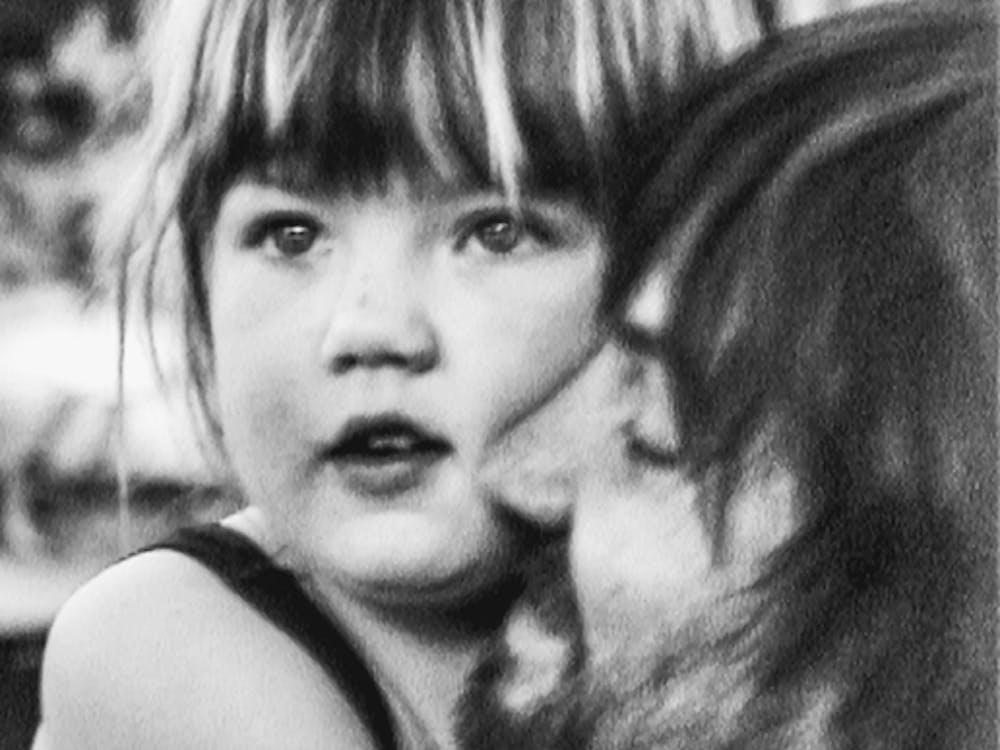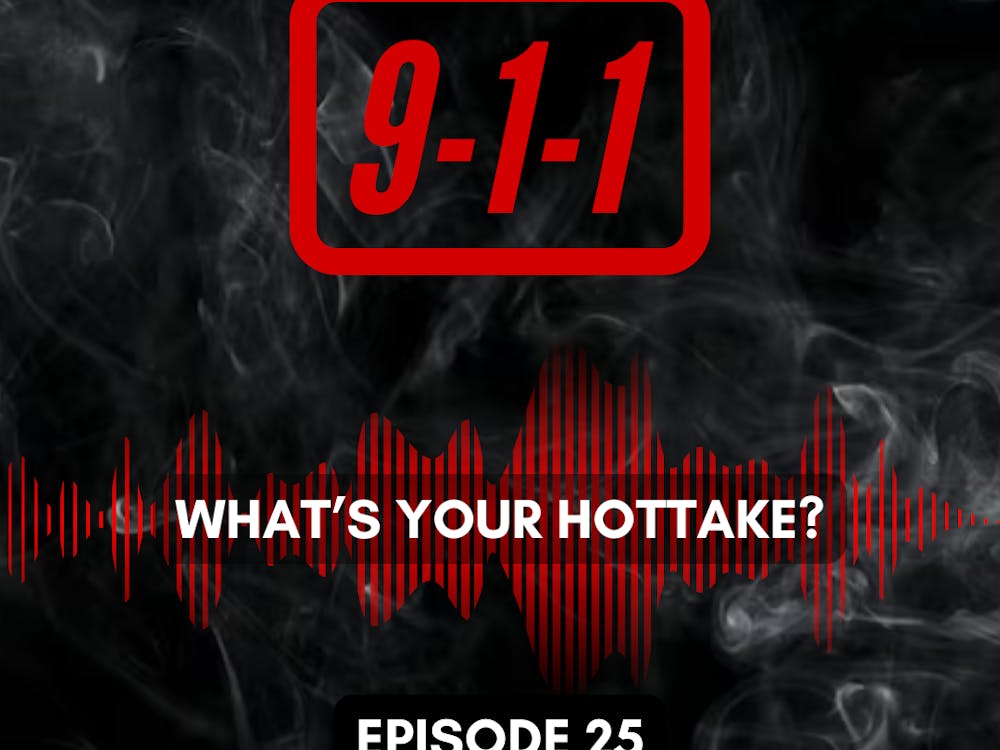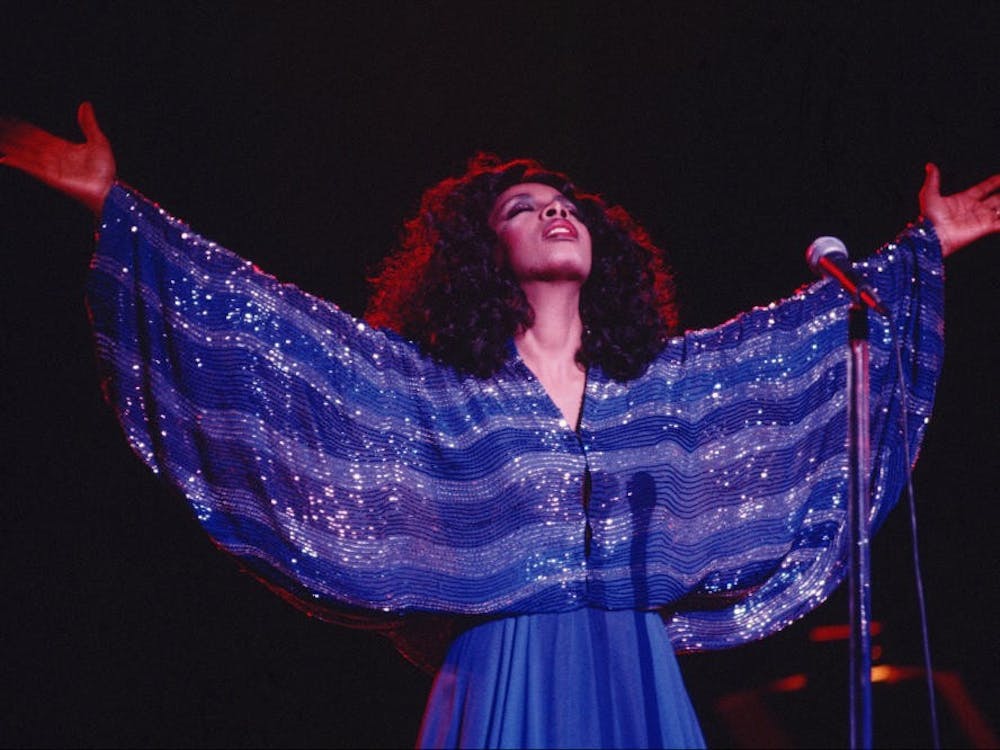In the mid-70s, France’s music scene was spurring with a new sensation that would forever change the music world. Manu Dibango intermixed a series of instruments that had a “funky” appeal with their hit “Soul Makossa.” This was later picked up by New York’s underground music industry. Roller-skating, disco balls, “Soul Train,” and other iconic American culture-esque features would begin a culture of its own that would span for a decade. However, some artists in the pop industry today may be dipping their toes back into the culture of the 70s.
Disco brought people together like no other music niche could. Hispanics, African Americans, LGBTQ+, Caucasians, you name it—they were on the dance floor. When the disco ball was spinning, nothing else mattered. Donna Summer, Captain & Tennille, and the Bee Gees are a few contenders that brought people together on the dance floor with their vocals and dance numbers. Famous female musicians like Summer, Diana Ross, and Chaka Khan inspired the world of drag, and these “queens” are still performing today both on their own accord and by their drag doppelgangers.

The disco movement heavily influenced entertainment during the 70s and helped integrate both Caucasians and African Americans after the decade of segregation. “Saturday Night Fever,” featuring John Travolta and Karen Lynn Gorney, was released in 1977. In 1971, the first episode of the iconic “Soul Train” aired with Gladys Knight & the Pips as the first act, followed by The Honey Cone, Bobby Hutton, and Eddie Kendricks. The commonality shared between the two was the music. Disco’s influence in the music industry grew from just being a good tune to something that could be shared among everyone in a way that no other movement could — with the exception of The Beatles, who stirred a nationwide craze of Beatlemania a decade earlier.
Margaret Court Arena’s “How Disco Changed the World” says that disco — both the lifestyle and the music — helped fragment a mainly white-dominated industry and helped LGBTQ+ members and women find independence and liberation through “pulsating, high-energy rhythm” and “a haze of flashing strobe lights.” The article points out bands like The Rolling Stones, Kiss, and Rod Stewart began incorporating disco influence into their music, which many criticized. Synthesizers, keyboards, and electronic drums became the norm rather than guitar and acoustic drums.
Many artists are paying tribute to the 70s era: Lady Gaga (“Rain on Me”), Justin Timberlake (“Pusher Love Girl”), Poolside (“Around the Sun”), Doja Cat (“Say So”), Lizzo (“Juice”), Dua Lipa (“Break My Heart”), and Harry Styles (“Treat People with Kindness”) are a select few in the spotlight credited with reviving a large piece of our music history through new-age music. The exciting bit is that the new decade has its fresh spin of what some call “funky.” Original disco celebrated fun times and everlasting youth when fun times were easier to come by. Today, music is a sacred space of comfort and — in this case — a place where “groovy” is what’s “in” and is still considered entertainment.
The nightclub scene incorporates fast, rhythmic tempos. This is not new, but considering all that disco offers and continues to offer, it becomes clear how disco is still relevant several decades later — long after afros and bellbottoms. Fashion comes and goes with the decades. History repeats itself, but disco is a foundation of America’s history in the music world. Disco hasn’t died; it went into hibernation and has resurfaced and evolved with the times. No other music genre has brought more people together where nothing else mattered but the moment people hit the dance floor.
Sources: Margaret Court Arena, Mental Itch, World Atlas
Image: Amazon
Featured Image: WMOT


















